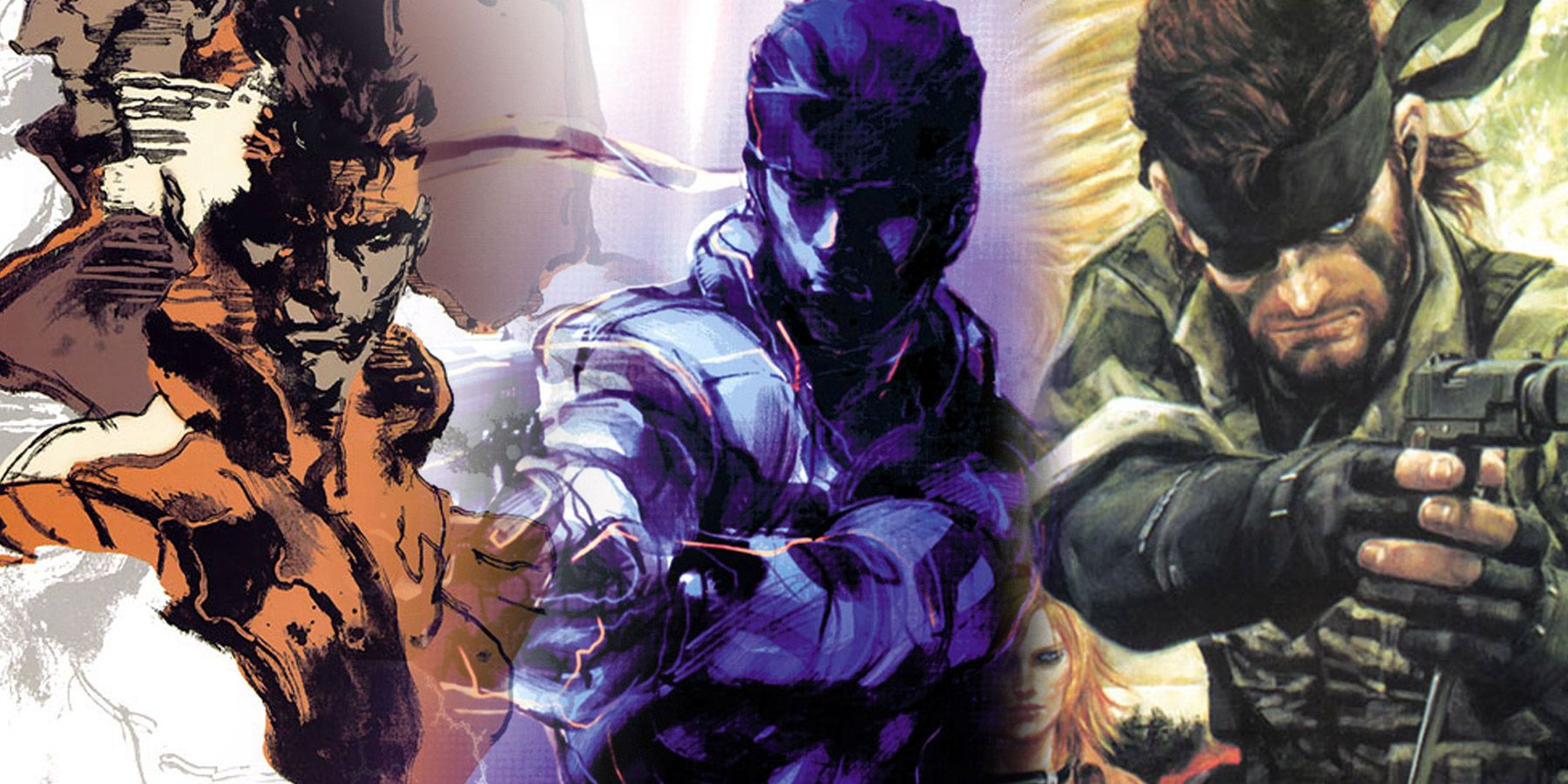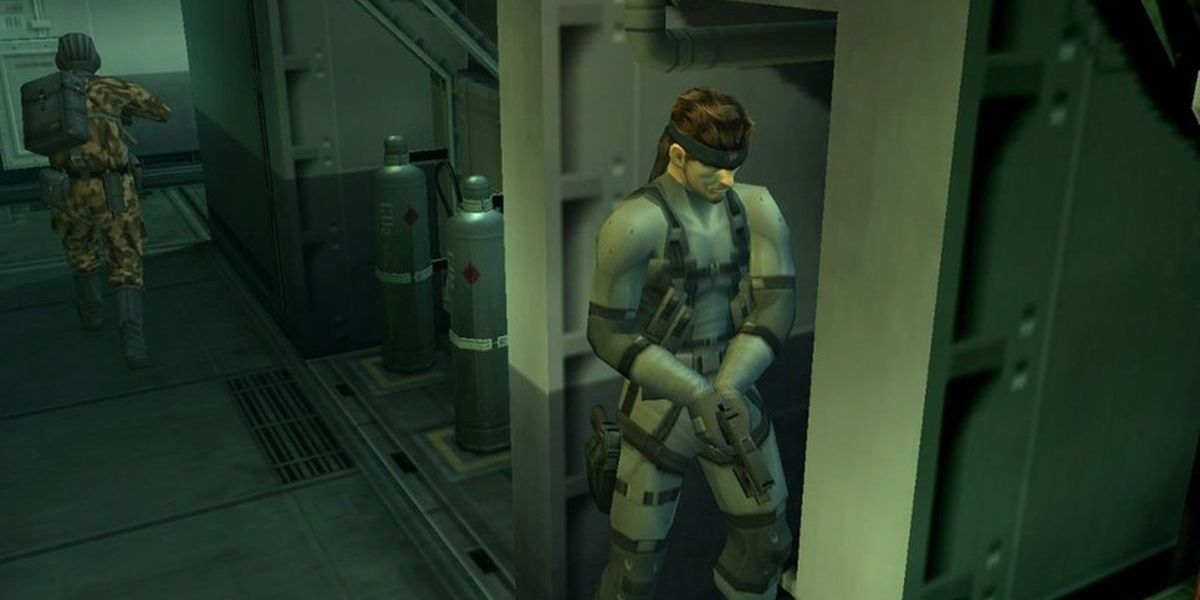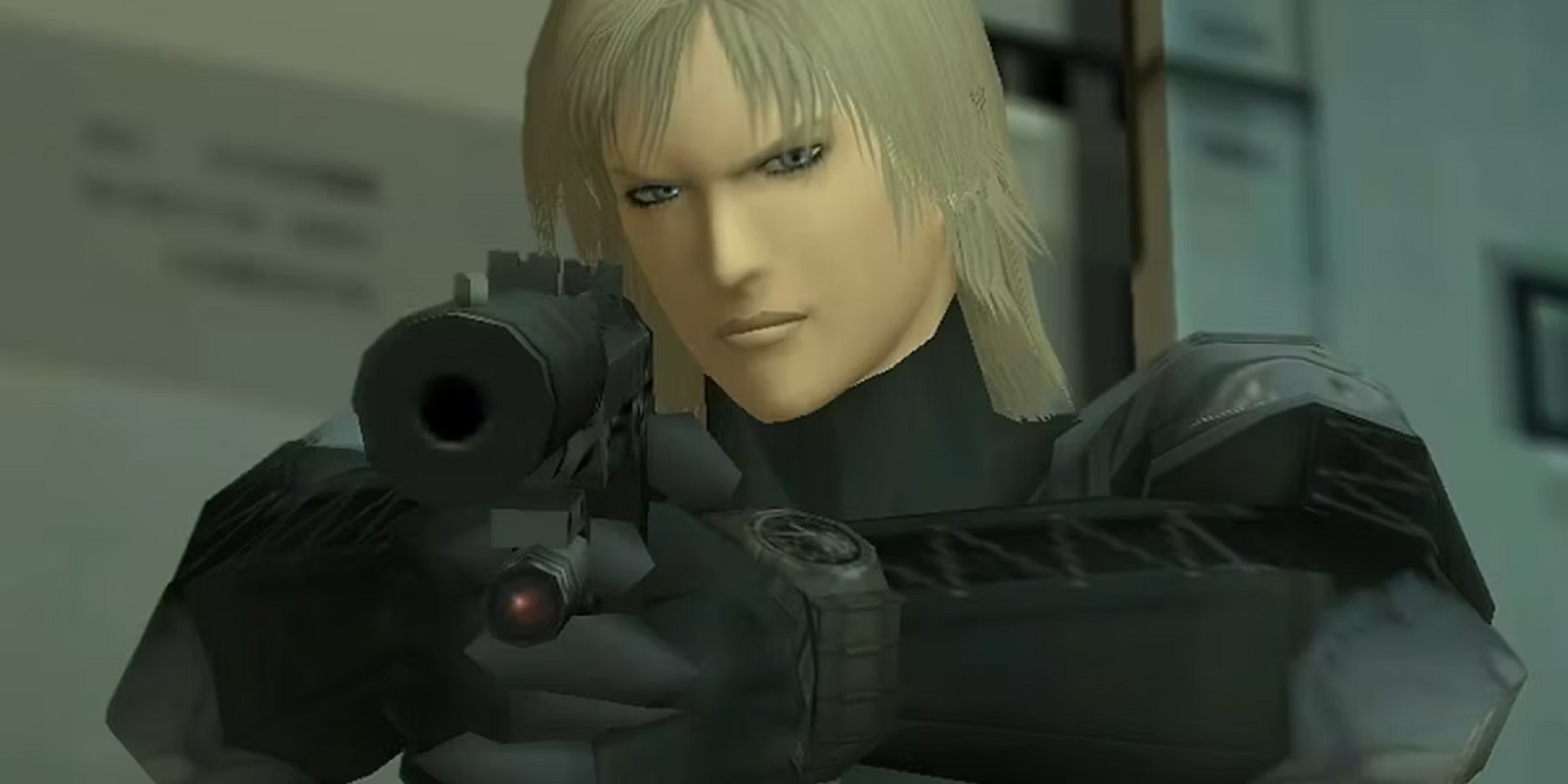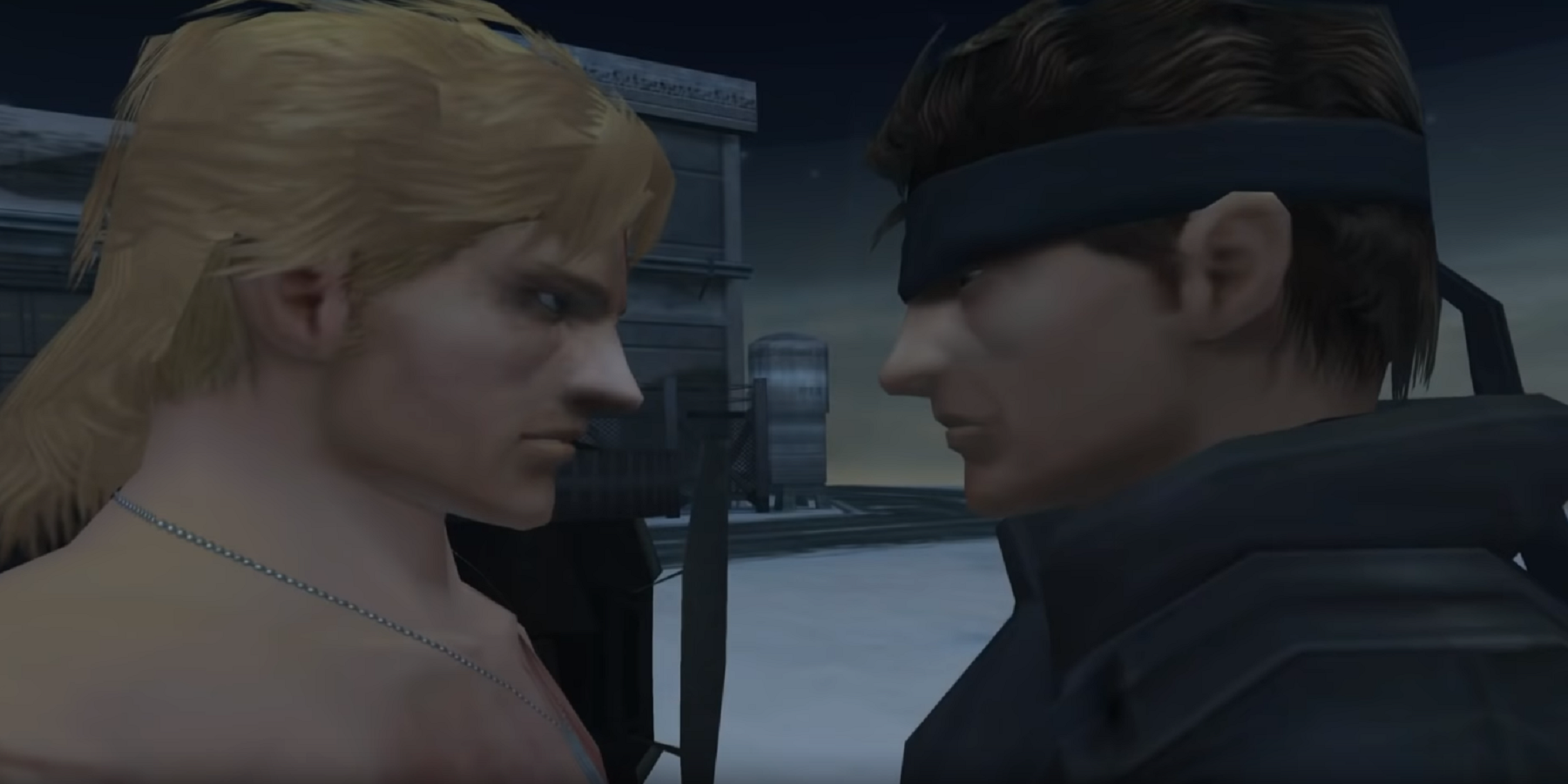At the peak of its popularity, the Metal Gear franchise could comfortably stand toe-to-toe with any other IP. Metal Gear Solid's 1998 release planted the Metal Gear series firmly in the spotlight, and its sequels proved it was every bit as popular as anything else on the market. The franchise's age means a whole generation didn't get to experience the first three Metal Gear Solid titles, which makes them perfect candidates for the remake treatment as remakes and remasters pop up all over the industry.
The 2014 release of Metal Gear Solid 5: The Phantom Pain marked the final chapter for creator Hideo Kojima's involvement in the franchise. Alleged creative differences with Konami led to Kojima going his own way to create Death Stranding, with more unnamed projects on the horizon. Many feel Kojima personifies Metal Gear, and the series' future without him is uncertain. This throws any possibility of the games getting remakes into doubt, but for such an important franchise that would be a wasted opportunity.
The Metal Gear Solid Trilogy Was Groundbreaking
The Metal Gear franchise introduced a variety of themes and concepts that have been borrowed numerous times over the years. Despite the first installment debuting in 1987 for the MSX, and the NES shortly thereafter, it was 1998's Metal Gear Solid for the PlayStation that really put this franchise on the map. Introducing stealth mechanics that hadn't been centered in a video game before, alongside a sweeping and complex narrative with fully fleshed-out characters, the scale of Metal Gear Solid was difficult to comprehend at the time.
Players control Solid Snake, a skilled soldier who is tasked with infiltrating a nuclear weapons facility and neutralizing terrorist threat FOXHOUND. The game featured a full cast of voice actors, and David Hayter's portrayal of Snake was particularly renowned. The game was a success with both fans and critics, and is generally considered to be one of the most important video games ever made.
The sequel, Metal Gear Solid 2: Sons of Liberty, followed three years later on the PlayStation 2. Despite being one of the most anticipated video games of all time, it completely subverted expectations by thrusting a new protagonist, Raiden, into the spotlight, leaving Snake in a supporting role. Sons of Liberty also has some polarizing issues woven into its narrative, leaving people arguing at the time that its plot was too complex to follow.
Despite these issues, the game was once again a success commercially, and received glowing reviews for its realism, attention to detail, and iconic musical score. The game's attempts at tackling complex issues have been viewed as a fine example of artistic expression in the industry, and in many ways Metal Gear Solid 2 is timeless. Raiden's mission to eliminate a terrorist threat from an offshore cleanup facility known as Big Shell is gripping, and fans who initially had reservations about playing as the new protagonist quickly became caught up in the game's ambiance.
Metal Gear Solid 3: Snake Eater followed in 2004. Serving as a prequel over 30 years before Metal Gear Solid, the game starred Naked Snake in a rural, jungle setting that emphasized new camouflage mechanics. Building on the foundations of its predecessors, many saw Metal Gear Solid 3 as the finest iteration of the series, with improved mechanics and an engaging plot serving as proof that Kojima was at the very top of his game.
The Metal Gear series is iconic for many reasons, among which is its gallery of villains that usually lead to unique, thrilling boss fights. Snake Eater epitomizes this, featuring some of the best boss fights in the Metal Gear series, including an iconic game of cat and mouse with sniper rifles against The End.
The Metal Gear Solid Trilogy Should Be Introduced to a New Audience
All of these Metal Gear Solid titles stand among the best PlayStation games ever made, but their age means several aspects haven't held up particularly well. The visuals, particularly in the first game, are in need of an upgrade, and given the power of the current console generation's hardware, this should be a manageable task. Certain gameplay mechanics have also aged poorly, with Snake's movement feeling stiff and cumbersome throughout the trilogy, so an overhaul could bring them in-line with today's expectations.
The fifth game in the series, The Phantom Pain, featured some of the most robust gameplay in the entire series. It was praised for its open-ended approach to missions and the freedom it gives players. Although not a great deal would need to be changed, especially regarding the original trilogy's plot, it's easy to see some of these modern mechanics being used as the blueprint for new versions of the first three installments.
Metal Gear Solid is still a heavyweight IP, although its future is uncertain thanks to Kojima and Konami going their separate ways. Barring a 2018 spin-off called Metal Gear Survive, which bares little resemblance to its predecessors, there have been no new games since Kojima's departure, and Metal Gear Solid 6 is likely to never happen. Rumors of remakes or remasters have been swirling for a while now, but nothing concrete has been announced yet. Remaking the iconic Metal Gear trilogy would allow a whole new generation to experience three of the most intense, engaging, and genre-defining titles ever made, so the opportunity shouldn't be overlooked.




